Is mica powder safe for candles? Yes, mica powder is usually safe to use in candles if it's non-toxic and free from harmful additives. But it must be used sparingly to prevent wick clogging and burning issues.
If you use too much or add it right near the wick, you can run into problems like wick clogging, which throws off the way your candle burns.
Knowing how to mix mica powder into your wax the right way can help you create great-looking candles without safety headaches.
What Is Mica Powder And Why People Use It In Candles

Mica powder’s a go-to if you want to add sparkle and vibrant colors to your candles. It’s famous for catching the light and creating those eye-catching effects on candle surfaces.
Mica powder comes from natural mineral pigments called mica. These are tiny, flat particles that reflect light, so you get that shiny, pearlescent look.
The powder comes in tons of colors because it can be coated with different pigments. It’s safe to handle and doesn’t dissolve in wax, which is why folks often use it on the outside of candles instead of mixing it deep into the wax.
Mica won’t melt or burn like dyes do, but it can cause issues if you add it inside the candle where the flame is. That’s something to keep in mind if you’re experimenting.
Benefits: Shimmer, Color, Cosmetic Appeal
You mainly use mica powder for its shimmer and vibrant color. When you brush it on the candle’s surface, it creates a sparkling effect that’s hard to miss.
The pearlescent shine from mica powders can make your candles stand out, especially if you’re gifting them or putting them on display. It’s a simple way to add color without risking the candle’s burn quality.
Honestly, a lot of crafters love mica for that professional look it gives, and it doesn’t cost much or take a ton of effort.
Want to learn more about mica powder safety in all your crafts? Read our full guide: Is Mica Powder Safe? What You Need To Know for DIY Projects.
Is Mica Powder Safe To Use In Candles?

Mica powder can add sparkle and color to candles, but you’ve got to pay attention to safety. Think about health risks from breathing in particles, whether burning mica gives off smoke or toxins, how it affects the wick, and which type of mica you’re using.
Health & Inhalation Risks
When you handle mica powder, tiny particles can float in the air. Breathing a lot of it can irritate your lungs or cause mild respiratory trouble, especially if you work with dry powder in a small, stuffy room.
If you mix mica powder into wax, you usually don’t have to worry as much about inhaling it. Try not to blow or stir dry mica around, and maybe use it as a surface paint instead of mixing it deep into the wax to keep things safer.
Combustion Byproducts (Toxins, Smoke)
Mica’s a mineral and doesn’t really burn. When you mix it into candle wax, it generally won’t release harmful toxins while burning.
But if you add too much, the candle might burn weirdly or make extra smoke. That smoke can come from mica blocking the wick or messing with the flame, and it’s mostly carbon and soot—stuff you don’t want to breathe in.
Keep the mica powder amount low and test your candles before making a whole batch.
Potential Wick Issues (Clogging, Flame Disruption)
Mica powder’s made of tiny flakes that can collect around the wick and clog it up. When that happens, the flame might flicker, burn unevenly, or just go out.
Clogged wicks mean more smoke and a candle that doesn’t burn well. Mix mica thoroughly into melted wax and stick with small amounts to help avoid this. Thicker mica flakes are more likely to cause problems, so maybe steer clear of those.
Importance Of Cosmetic-Grade Vs Art-Grade Mica
Not all mica powders are created equal. Cosmetic-grade mica is made to be safe for skin, so it’s cleaner and free from nasty chemicals. It’s usually the safer bet for candles.
Art-grade mica might have additives or impurities that could be unsafe when burned. Always check the powder’s safety info before adding it to your candles. Better safe than sorry, right?
Best Practices For Safe Use Of Mica Powder

If you want to use mica powder safely, you need to control how much you add, how you mix it, what kind of wick you use, and which candle types you make. These details can make or break your candle’s look and burn.
Recommended Mica Amounts (E.g. % Of Wax)
Add mica powder in small amounts to avoid burning and texture issues. Shoot for about 0.5% to 1% of the total wax weight.
For a pound of soy wax, that’s roughly 1/2 to 1 teaspoon of mica powder. That’s enough for good color without messing up the candle’s burn.
If you want to color the whole candle, try a dye instead. Mica powder shines as a finishing touch or for special effects. Too much mica can sink or make the color look blotchy.
Proven Mixing Techniques (Pre‑Blend, Dust, Layering)
Mix mica powder well for best results. Here’s what you can do:
- Pre-blend mica with a bit of wax before adding it to your main batch. This helps spread it around evenly.
- Dust mica on the candle’s surface after it cools a little for a shimmery finish that won’t mess with the inside wax.
- Layer mica between wax pours in pillar candles. Pour some wax, sprinkle mica, add more wax—repeat for shimmer that stays out of the wick’s way.
Don’t stir mica too hard once it’s in the wax. Gentle mixing keeps clumps and sinking to a minimum.
Wick Types That Resist Clogging
Pick a wick that can handle additives like mica. Cotton and wood wicks tend to work well since they resist clogging and burn pretty cleanly.
Stay away from thin or bargain wicks—they get blocked by mica and make the flame burn weird. For soy candles with mica, cotton braided wicks are a favorite.
Test your wick with your own formula, though. Wick size and material can change how mica affects the burn, so a little trial and error goes a long way.
Ideal Candle Types (Wax Melts, Containers Vs Pillars)
Mica powder’s safest in certain candle styles. Wax melts are a good bet since you can add mica in small amounts without worrying about a wick.
Container candles also work because you control the wax pour and can keep mica from mixing too deep. Pillar candles need careful layering, so the mica doesn’t clog the wick or sink.
Using mica only on the outside of pillars is another safe move. Avoid coloring the whole candle with mica in pillar or taper styles—burning issues are more likely.
How To Do A Safety Burn Test Before Selling
Before you let anyone else use your mica powder candles, you’ve gotta make sure they burn safely. Watch how steady the flame is, how much soot shows up, how the scent spreads, and look out for problems like black smoke or weird melting. Proper labeling matters, too. Your customers need to know what they’re getting into.
Checklist: Flame Stability, Soot, Scent Throw
Light the candle in a room without much airflow. Keep an eye on the flame for at least two hours. It should stay steady and stand about 1 to 2 inches tall.
If it flickers or flares up a lot, you might need to tweak your wick or wax. Next, check for soot—too much means the candle isn’t burning cleanly and could leave black marks.
See how the scent fills the room. If it’s weak or changes as the candle burns, play with your fragrance load or wax type. Test a couple candles from each batch to keep things consistent and jot down any issues you spot.
What To Look For (Black Smoke, Tunnel Burn)
Black smoke is a big red flag and usually means the wick’s too big or the candle’s burning too hot. If you spot thick black smoke, stop and try a smaller wick or a different wax.
Tunnel burn is when the candle only burns around the wick, leaving wax on the sides. It wastes wax and makes burning uneven. If you see tunneling, adjust your wick size or your pouring method.
Look out for mushrooms on the wick tips, too. They can cause flare-ups and too much soot. Trim the wick to about 1/4 inch between burns—don’t skip this step.
Labeling For Transparency And Liability
Be up front with buyers about what’s in your candle. If you use mica powder, mention it on the label along with any safety tips.
Some mica powders have particles that don’t melt and can float near the flame, so tell customers to keep candles away from drafts. Add clear instructions, like trimming the wick and burning on a flat, heat-resistant surface.
This helps keep everyone safe and shows you care. Keep records of your burn tests, too—it’ll help if any questions or issues come up down the line.
Alternatives To Mica Powder For Coloring Candles

If you want to skip mica powder in your candles, there are plenty of other options. These alternatives add color and effects without some of mica's drawbacks.
You can pick based on the look you want and how you plan to use your candles. It's all about personal style and what feels right for your project.
Liquid Candle Dyes & Chips
Liquid candle dyes are made for wax and blend in easily. They give strong, even color and don't mess with how the candle burns.
Add a few drops for a soft pastel, or go heavier for bold, deep colors. Candle dye chips work like little colored blocks that melt right into the wax.
They let you control color intensity and they're easy to measure. Both liquids and chips come in tons of shades, so you can really get creative.
These dyes are safe for burning candles and don't cause hazards during use. They're a popular choice for a reason.
Cosmetic‑Grade Glitters Or Pigment Micas
If you want sparkle without the fire worries of regular mica, cosmetic-grade glitters are a safer bet. They're made to be skin-safe and usually handle heat better.
Use them sparingly and only on the candle surface. Pigment micas made for cosmetics are finer than craft-grade powders and give shimmer without big chunks that might burn weirdly.
Honestly, these work best as a finishing touch, not mixed deep into the wax. Just a little goes a long way.
Surface Effects: Top‑Coat Shimmer, Paints
You can skip mixing color into the wax and decorate the surface instead. Top-coat shimmers or candle-safe paints let you get creative after the candle's done.
Brush or spray on a shimmer for a light sparkle. Candle-safe paints add solid color or a metallic look and dry fast.
As long as these products are made for candles, they won't hurt burn quality or safety. It's a fun way to personalize your candles without fussing with the wax itself.
Final Thoughts: Is Mica Powder Safe In Candles?
Mica powder is a safe way to add shimmer and color to candles when used carefully. It’s non-toxic, perfect for wax melts, wickless candles, or as a light dusting on finished candles.
In wick-lit candles, use only a tiny pinch—too much can clog the wick and affect how your candle burns.
For best results, choose cosmetic-grade or synthetic mica and add it to melted wax or brush it on the surface.
Want to learn more crafts that use mica? Check out our article, Mica Powder Uses: Creative Ways to Add Sparkle and Color.
Frequently Asked Questions
Is mica powder safe to burn in candles?
Mica powder is generally safe when you add it to candles, but it doesn't burn or melt. It just stays suspended in the wax, giving that shiny look.
When the candle burns, mica particles don't give off harmful fumes if you use a small amount. Just don't go overboard.
Too much mica can cause uneven burning or make the flame flicker. I usually stick to using mica in container candles or wax melts—it's less risky than in pillar candles, where mica might float to the surface and cause trouble.
Is mica safe in wax melts?
Mica powder works well in wax melts and lots of people use it for color and shimmer. Since wax melts don't have a burning wick but melt on a warmer, mica doesn't pose much of a fire risk.
Just use a small amount of mica made for candle making to avoid residue in your warmer. Mix it in well so you don't get clumps.
Does mica clog wicks?
Mica powder can clog wicks if you use too much. Because mica doesn't dissolve in wax, a heavy dose near the wick can block airflow or make the wick burn weirdly.
Mix mica well into the wax and keep your amounts moderate. Don't sprinkle it right on the wick or coat finished candles near the wick. Testing small batches first is always a good idea.
Is mica powder hazardous?
Mica powder is safe if you handle it right, but breathing in the fine dust can irritate your lungs. Wear a mask or work in a spot with good airflow when you're mixing it into wax.
Some mica powders have additives or dyes, so check the label for candle or cosmetic use. Skip anything not labeled for those uses—it could have harmful stuff you don't want in your candles.

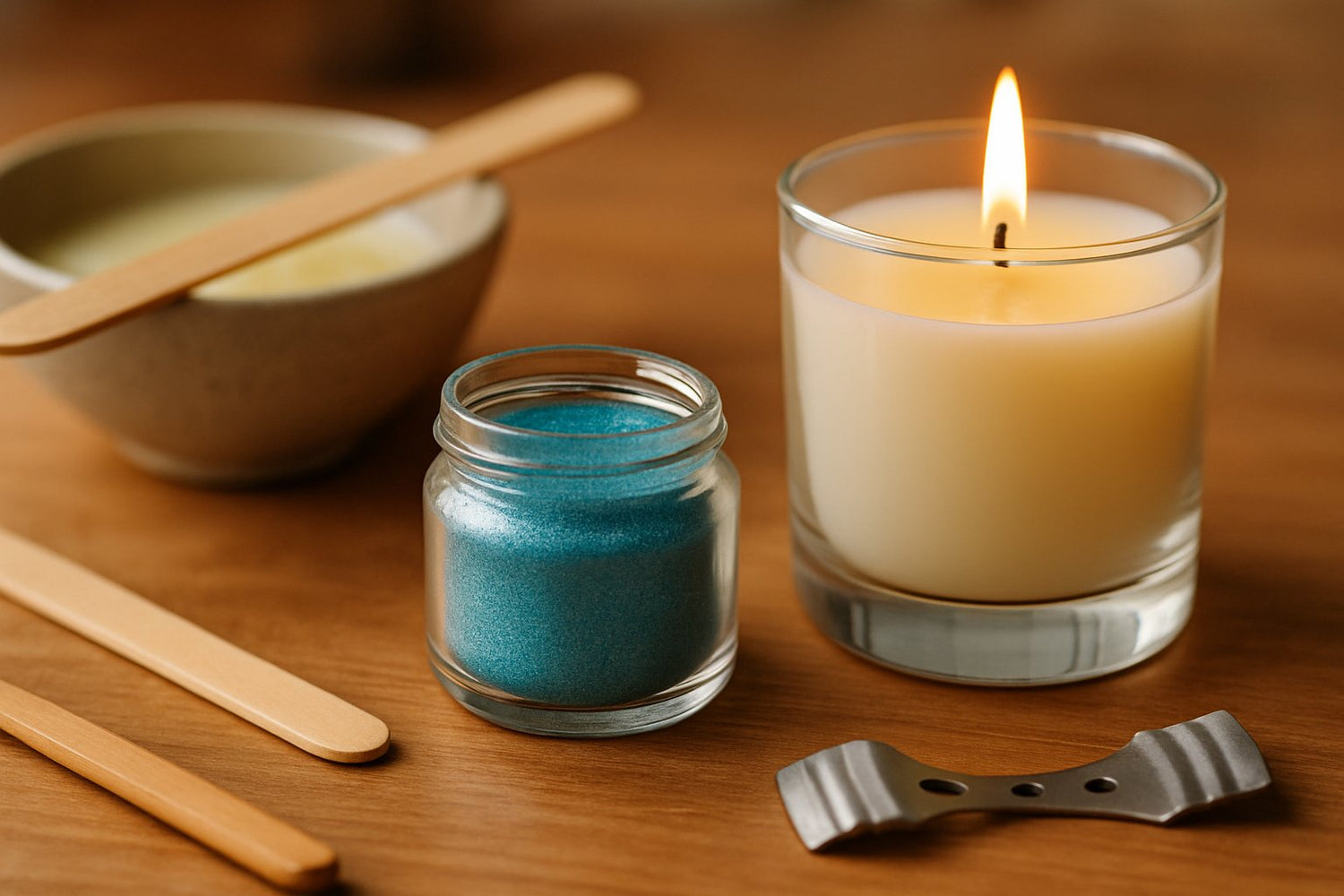
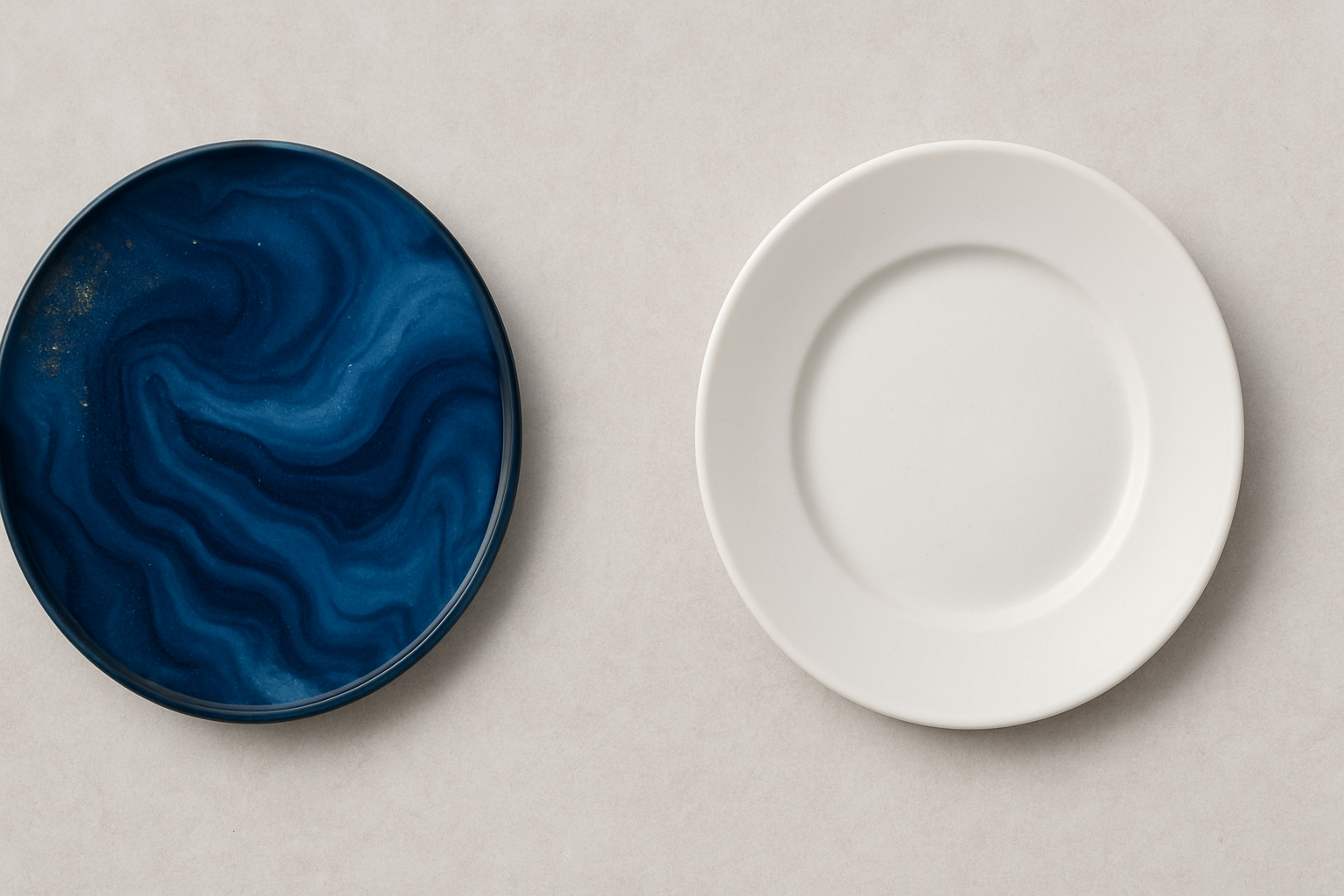
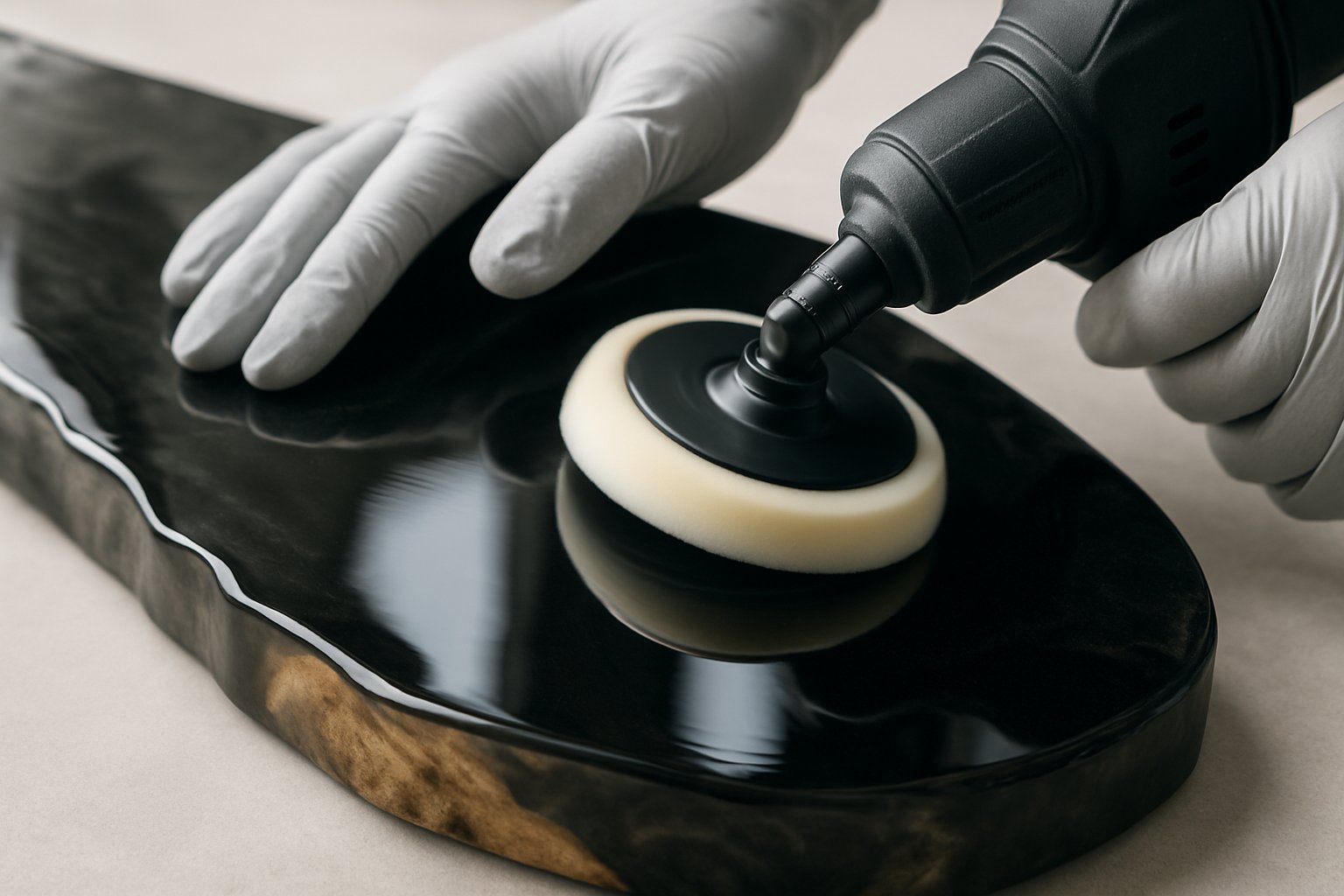
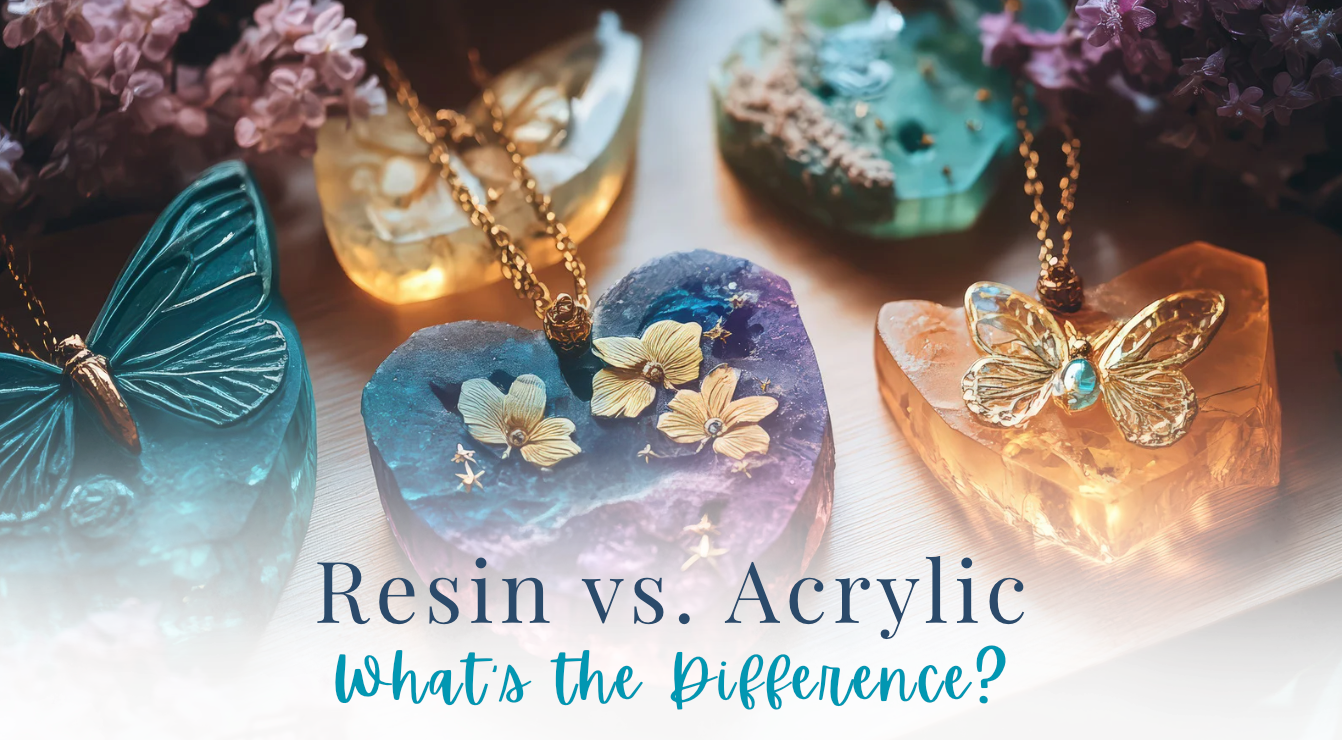

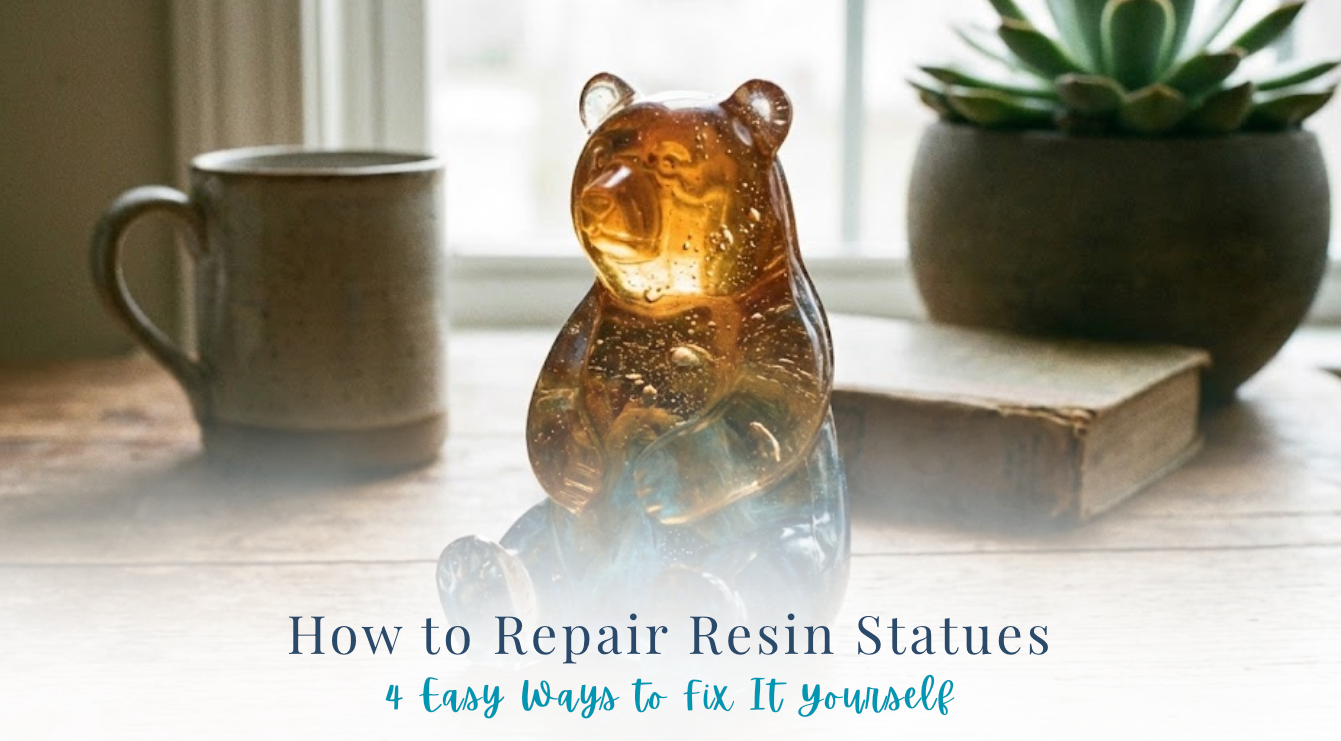

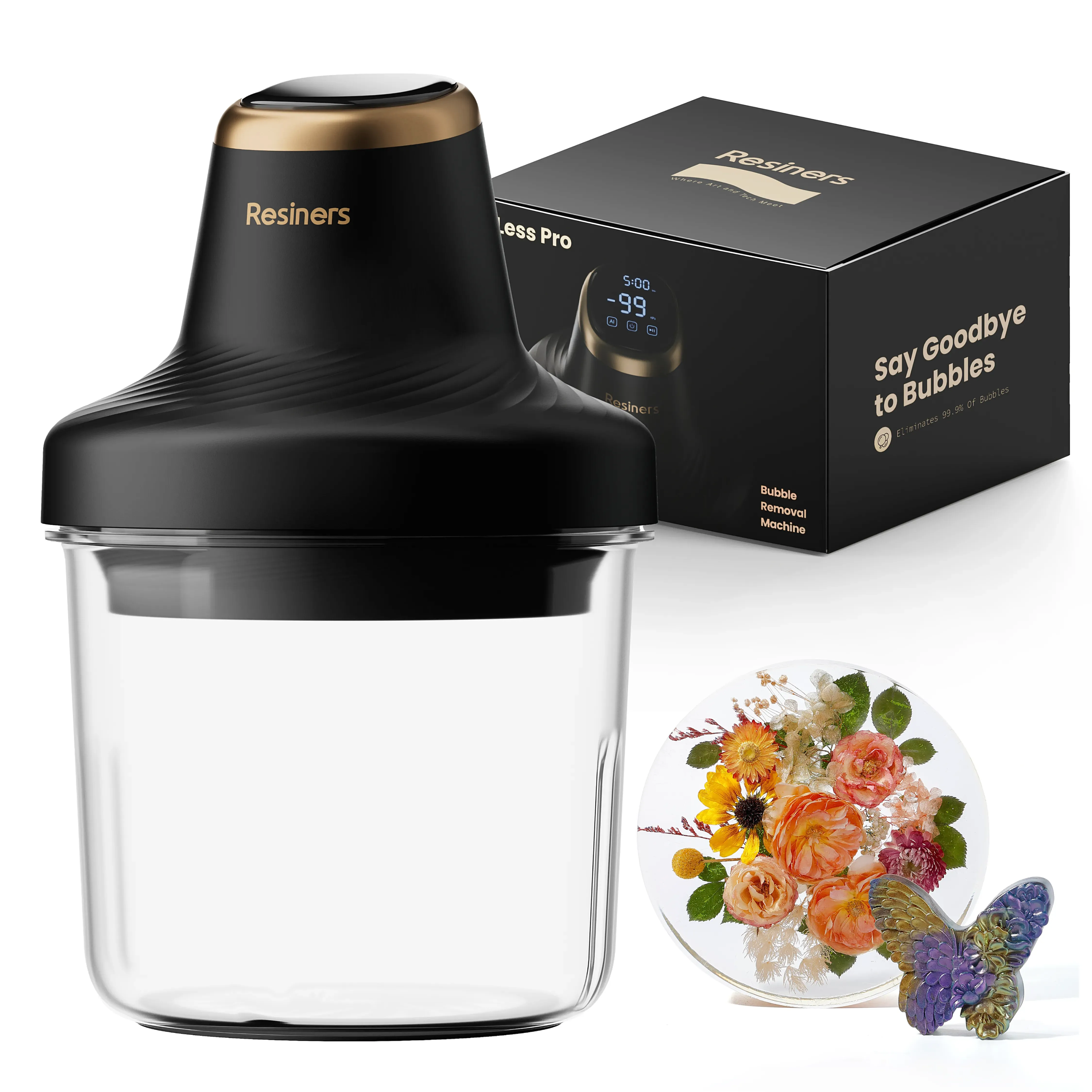


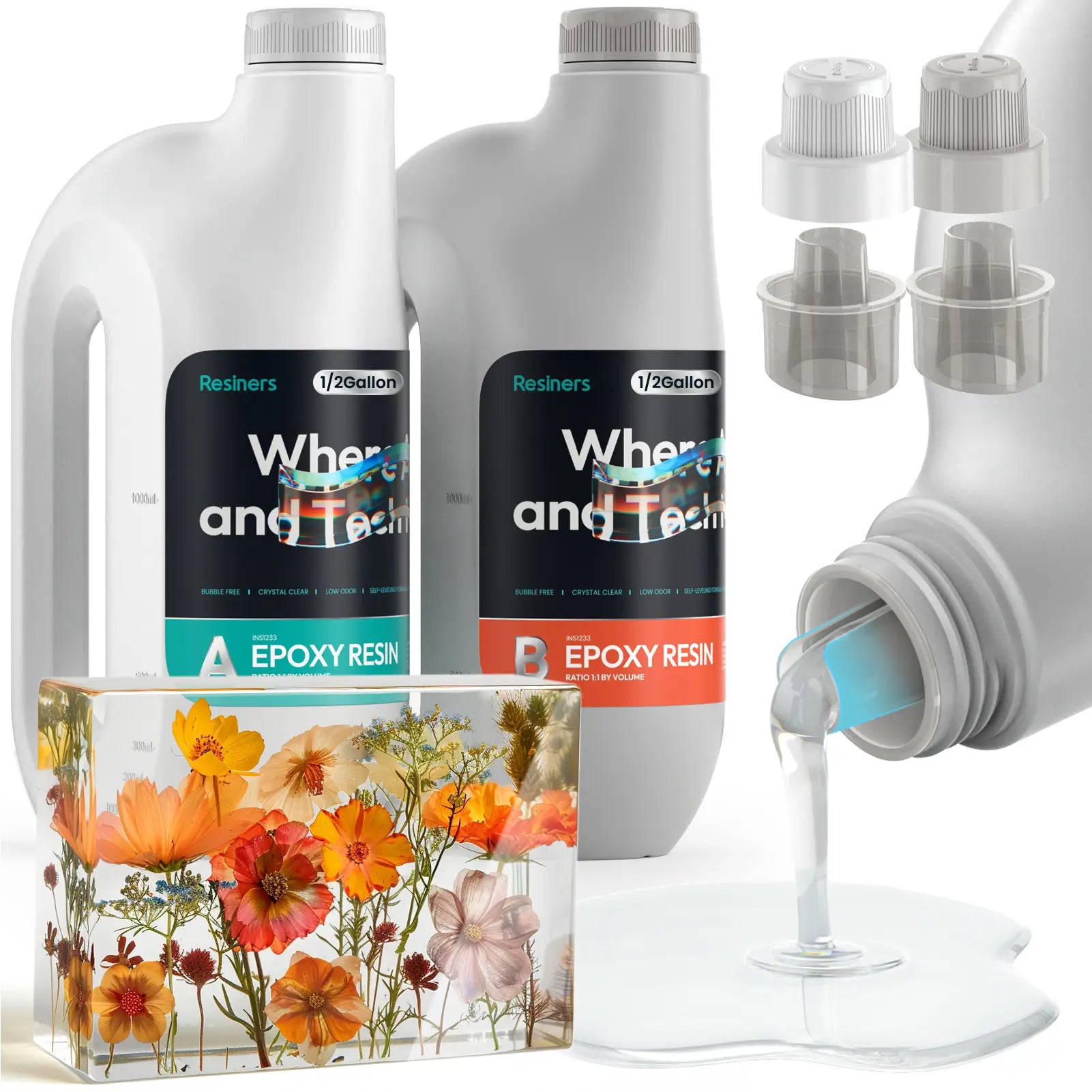
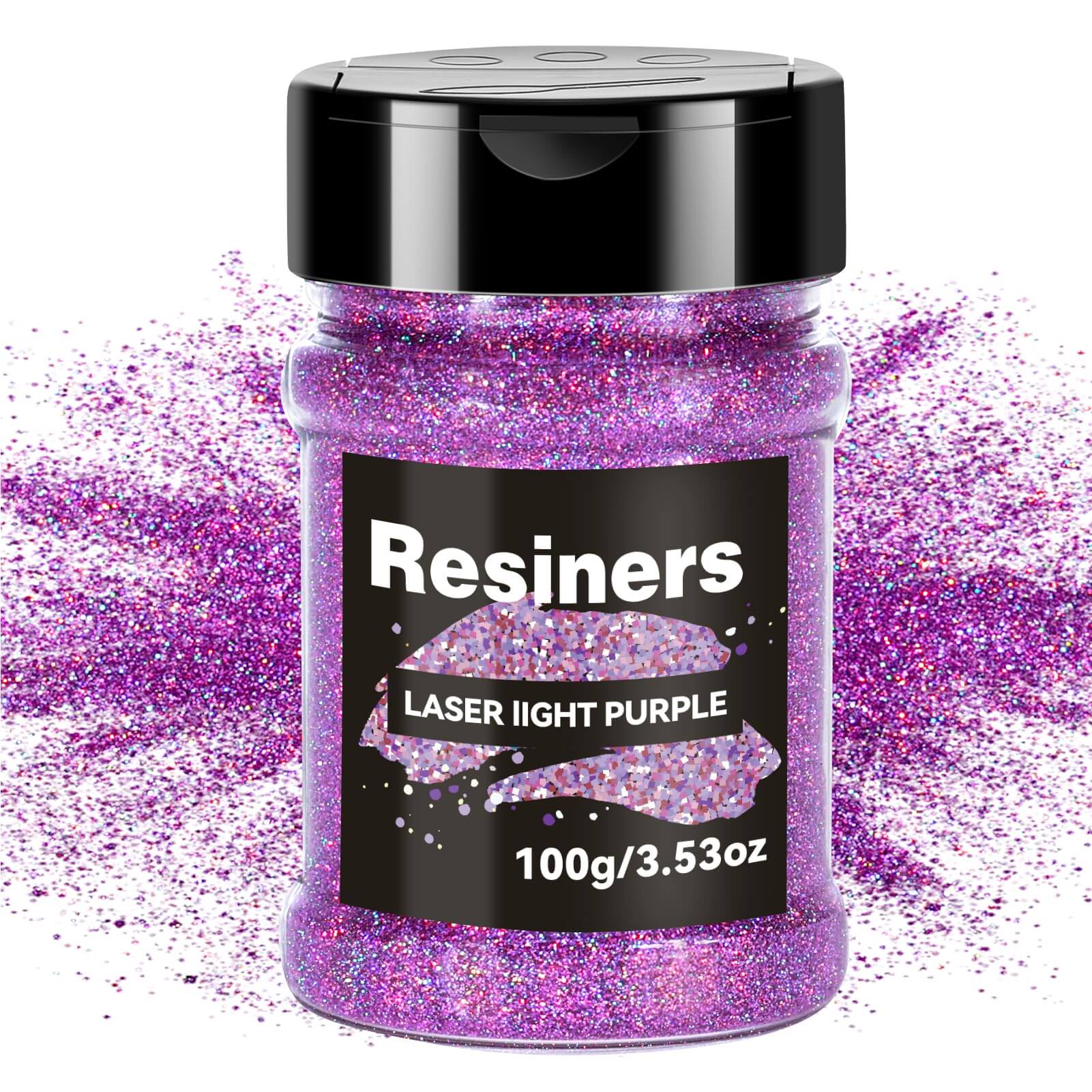
Commenta
Questo sito è protetto da hCaptcha e applica le Norme sulla privacy e i Termini di servizio di hCaptcha.